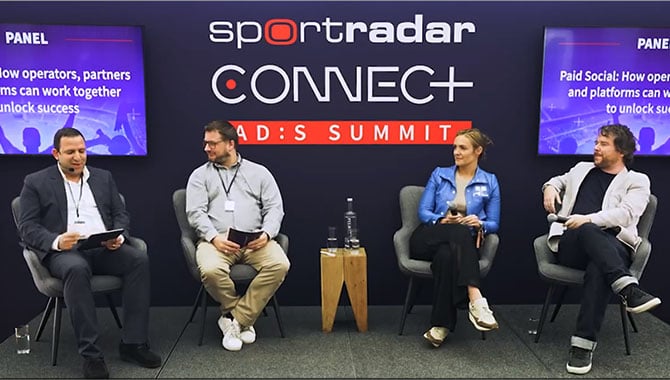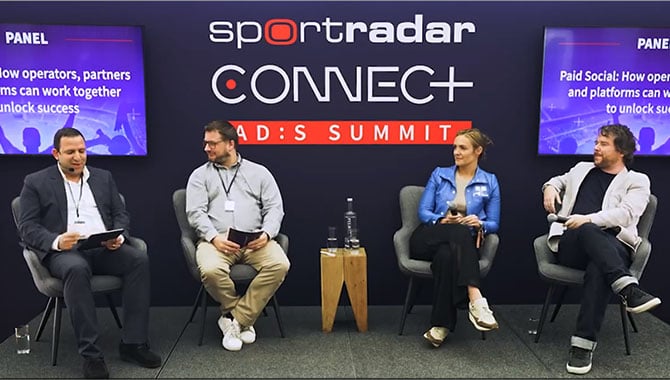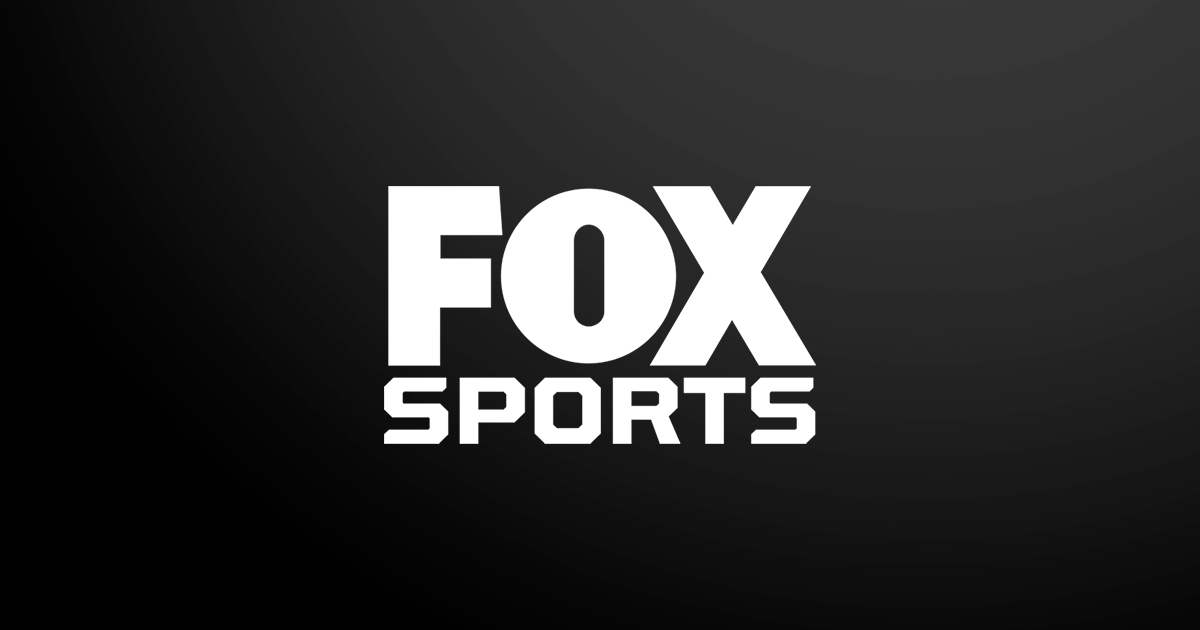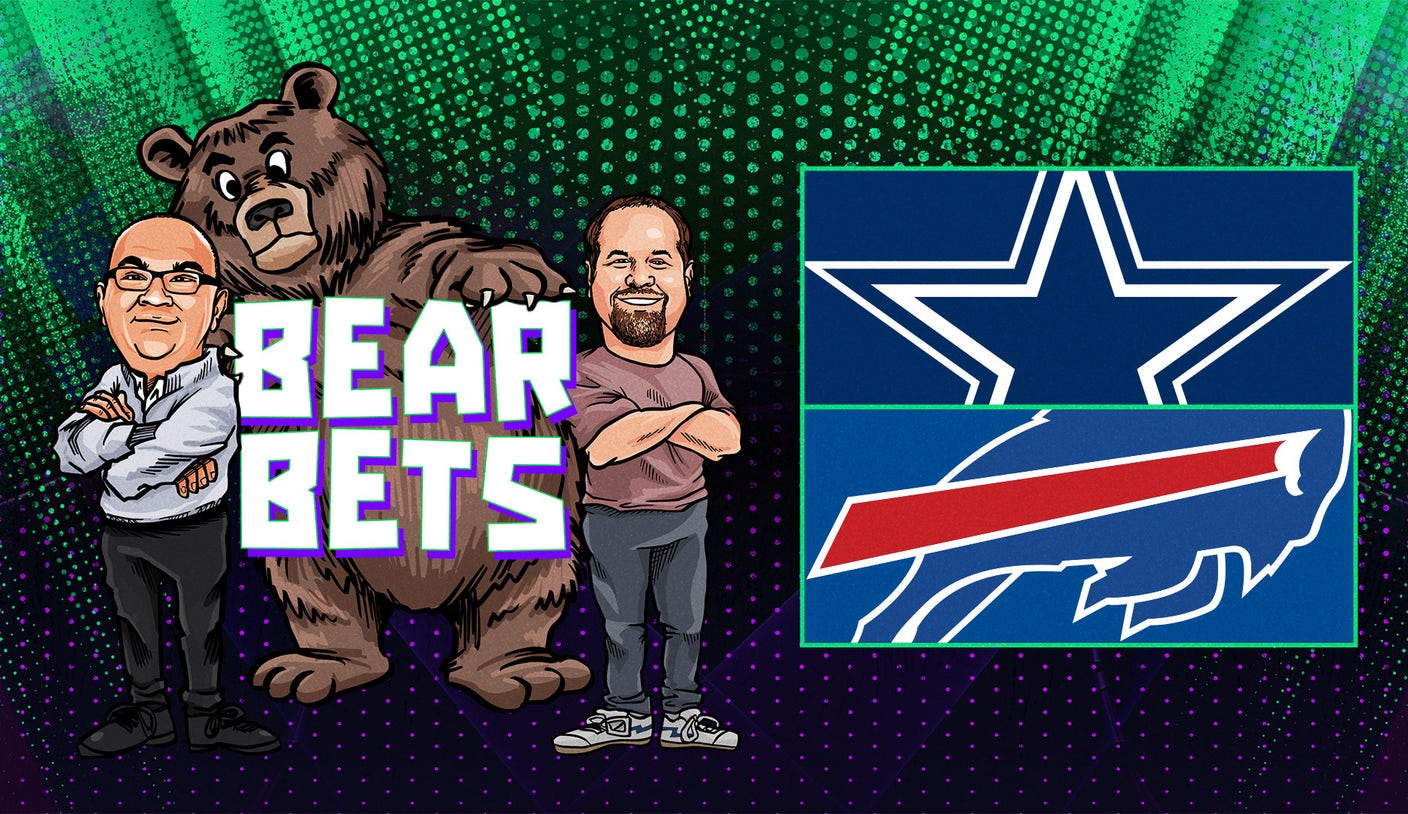
Attendees: Adam Azor, EVP Global Marketing, Sportradar, David Gilbert, Head of Real Money Gaming, EMEA, Meta, Curreel O’Callaghan, Account Executive, Snap Inc, Brendan Tinnelly, Head of Paid Social, Sportradar.
Azor: Why use paid social as a part of a campaign targeting sports fans and bettors?
O’Callaghan: It comes back to basics. Who is your customer? Where are they sitting, where do they lie and what do they do? I think we can all say that the majority of people are on their phones. They also consume content there. The whole dual screening approach. I’m watching a game, I’m also on my phone to see what’s happening with my friends. Did they see the last score? Even with Snapchat, for example, 70% of our users are sports fans.
Tinnelly: When I first started selling gambling ads for Facebook we had a very different story. It was all about how targeted, how precise and how measurable paid social was a channel. Over the last seven years, what we’ve seen is, whether it’s Facebook or Snapchat, they’ve emerged to be the single biggest media channels you can buy in a market like the UK. They’ve gone from being a targeted sniper rifle approach. This is a bigger scale than you can even get on commercial TV in key markets. That’s been a big change that the industry has gone through.
Gilbert: The thing about paid social is it complements not just TV advertising or the message that you’re putting in, it can also complement the organic activity that you’re running as well. There’s an ability once you’ve identified themes, creative or messaging that works well in your organic channel for free. You can amplify that to a much wider, broader audience using paid advertising on social as well.
AA: Can you elaborate on the relationship between organic and paid advertising?
DG: Going back to 2012, I came out of one agency that was probably the biggest in the world, Facebook paid advertising. I joined, We Are Social, which was probably the market leader in organic social. They’d identified that just doing organic social media wasn’t enough anymore because of the changes that were being made to the algorithms by Facebook at the time. They realised that no matter how good their organic activity was, it just wasn’t reaching the full community of people. The fan base wasn’t being reached because the algorithm had changed. I was brought in to basically help to combine organic and paid media together. To your question about the difference. The paid media side is fairly obvious. If you have a message and you can get that in front of a user through paid means, then you’ll probably see good conversion. The organic side is still a touch point with consumers who may not like ads.
The point about organic is it still serves a very strong purpose if there’s a social value proposition there, and I think coming from a paid media background, you don’t always think about that. You just forget about organic and think that it’s a waste of time because you don’t reach the full audience. Actually, if there’s a strong social value proposition for your free social media, it can actually help to amplify and create authenticity around your paid apps.
Paddy Power. I put them out of any industry, they’re streets ahead. But that’s actually probably been a terrible message for the rest of the industry because you’ve seen this rise of copycat brands who do a really bad impersonation of Paddy Power
BT: I think for me the challenge with organic is that you don’t achieve the potential of the platform. If you think about 3 billion users using paid social globally every month, you’re not going to get your message out there with organic alone. Often people you do reach are the people who are already deeply engaged and love your brand. So you’re not really growing your audience. Probably the single best example of a brand doing organic social well is Paddy Power. I put them out of any industry, they’re streets ahead. But that’s actually probably been a terrible message for the rest of the industry because you’ve seen this rise of copycat brands who do a really bad impersonation of Paddy Power.
Brands think they can go viral and cut through and have these amazing campaigns in the way that they can. They failed. The investment is needed to capture that lightning in a bottle the way that those guys did. It’s very difficult. Your user base realises that it’s an amazing experience to scroll your Twitter feed during a big sporting event. You just get copy posts from every operator with no brand differentiation, no added value and no real message. Often the more efficient approach is to lean into the paid media side.
AA: There’s quite a large percentage of operators still not currently using paid Social to engage customers. What are the barriers and considerations to doing that properly?
OC: Fundamentally, creative has always been a barrier for us. It’s just understanding that different platforms have different ad products. For us, we play in the augmented reality space. Historically, people said it’s expensive, but there’s a value to it. The juice is worth the squeeze. Just understand each of the different ad formats and then understand what each of the value is that they can bring in. But that’s historically been a definite barrier for us. Once you get it right, you’re golden.
Historically, people said it’s expensive, but there’s a value to it. The juice is worth the squeeze. Just understand each of the different ad formats and then understand what each of the value is that they can bring in
BT: An amazing stat I read said there were more money bets on the Eurovision than on the Grand National. But how often are we talking to the types of punters who bet on the Eurovision or bet on tier two sports like Formula One? I’m a huge Formula One fan, but I never see a formula one ad in my news field. There’s just so many audiences that aren’t interested in football. But if you speak to them on their terms, then you can. You can drive that conversion and grow the audience, which is also ultimately what the industry has to do. We need to get away from the reliance on those core gamblers, as we call them, and reach these people who will come in and bet 50 quid on Eurovision and so on.
AA: What does the future have in store for paid social?
BT: It goes to the topic of regulation. We’ve seen when it goes badly, we get the tobacco-style ban. When it goes well, we’re able to protect vulnerable users but still have this channel that allows you to reach people and grow your business in a responsible way. Unfortunately, that seems to be playing out on a market-by-market basis. In some cases, social is going to be this amazing opportunity.
To think of UK and Spain, it’s thriving. We look at Italy, it’s basically not an option anymore. Then we see Netherlands and Belgium, we’re not sure. Obviously, there’s a lot of eyes in the US now. I think the great thing about the US is they’ve kind of learned from the shit show that the UK was in the last 10 years. So they’re getting ahead of these topics. I think if it goes well, then social can be positioned to be one of the largest, most performance and most responsible channels that operators can use.
OC: At Snap, we’re building the sports audience for the future. Gone are the days when people are watching a football game like an NFL game for four hours or a soccer game for 90 minutes. But when it comes to Snap where you know our focus is going to be on augmented reality and where we can win big there and augmenting the world around you, it’s not a fake universe. It’s the reality of what we’re living in now. So that’s going to be our big bet for the future. How that plays out within paid social will be quite interesting
DG: For Meta, we’ve got kind of a leadership position in terms of our reach and our global reach. With the number of eyeballs that we can get our messaging in front of. it’s making sure that we are responsible with that. Making sure that we’re working with the operators, working with the regulators, and working with the Meta business partners to build a future for the industry. Rather than trying to sell anything, we’re trying to make sure that we’re positioning ourselves for the future as well.



